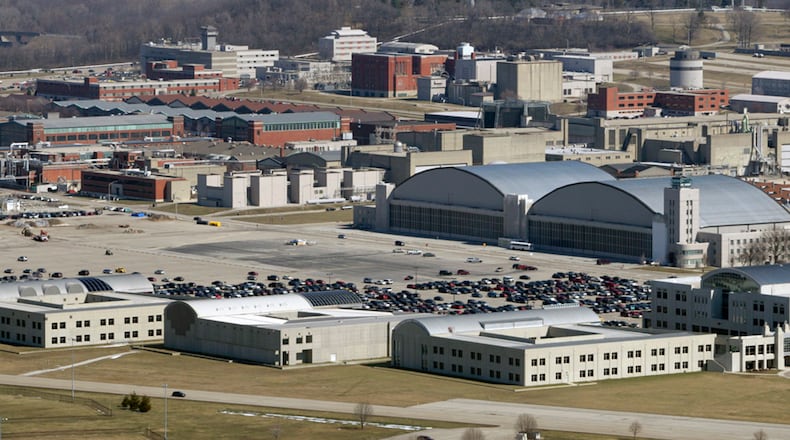This year, Ohio ranked No. 1 in the tax policy category, up from eight last year. The state has no corporate income tax, but does levy business taxes on gross receipts. In addition, Ohio is the largest U.S. state supplier to Boeing and Airbus, the study said.
Ohio ranked 8th in “aerospace attractiveness,” in 2019.
“This report reinforces the strength and validity of our message that Ohio and Dayton are ideal locations for aviation and defense companies,” said Elaine Bryant, executive vice president of aerospace for the Dayton Development Coalition. “We’re encouraged the report mentions urban air mobility and autonomous aviation systems, which is an area the (coalition) and Ohio have nurtured for a decade."
Bryant also noted that some of the biggest names in aerospace call Ohio home ― GE, Boeing and Battelle, as well as federal leaders in aerospace development such as the Air Force Research Laboratory ( located at Wright-Patterson Air Force Base) and NASA.
The report stands as PwC’s annual look at the aerospace industry, ranking states by labor and business costs, infrastructure, economy, tax environment and other factors.
According to a pre-pandemic JobsOhio report last year, Ohio had 38,000 employees working for the private aerospace industry, with 540-plus aviation and aerospace firms.
Ohio wants to strengthen its standing. Elected officials across the state have supported the Dayton region’s self-nomination to host the headquarters of U.S. Space Command, now based at Peterson Air Force Base in Colorado.
COVID-19, however, has dramatically altered the aerospace landscape. GE Aviation, for example, cut more than 5,000 jobs in the second quarter this year, as the pandemic stopped flights and idled planes.
Some of the report’s sources and metrics date back to 2019 or early 2020 at the latest.
The underlying data is from 2019, PwC said.
“COVID-19 has caused a dramatic contraction in the industry. But the industry will recover,” said Scott Thompson, a PwC aerospace and defense sectors partner. “The contraction has caused companies to reassess their supply chains. They need to consider where to concentrate production for lower volumes and de-risk the supply chain.”
However, the industry took decades to ramp up and it needs to preserve both capability and capacity to ramp back up in three to five years, which PwC called the “expected period of recovery.”
By the Numbers
38,000: Number of aerospace jobs in Ohio
13,000+: Number of aerospace graduates from 80+ Ohio universities.
540+ : Number of Ohio aviation and aerospace companies.
Fifth: Highest number of aerospace jobs in the nation.
Third: Largest manufacturing workforce in the United States.
Source: JobsOhio, from a report compiled before the COVID-19 pandemic.
About the Author



